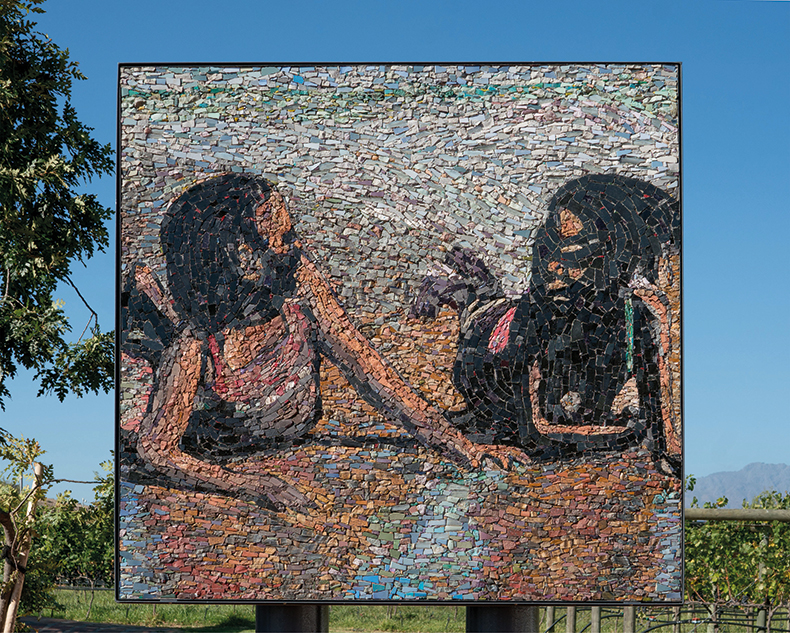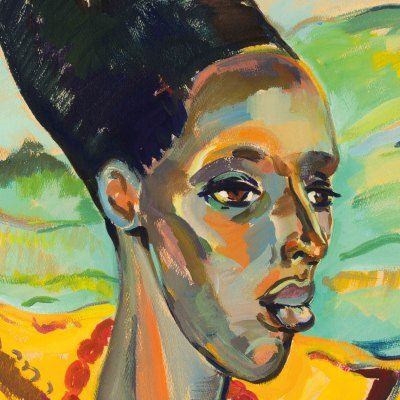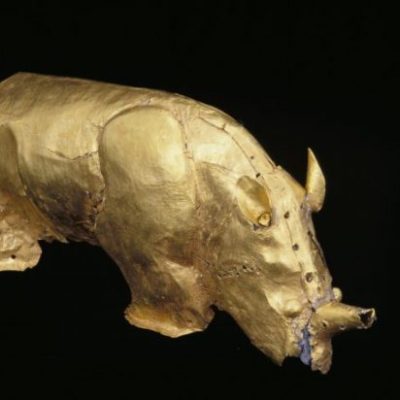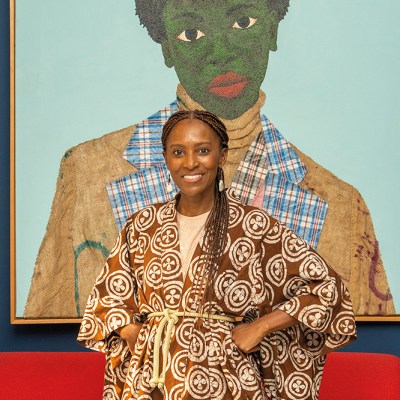From the March 2023 issue of Apollo. Preview and subscribe here.
One of the oldest estates in South Africa, Spier was established in 1692, and by 1754 had planted over 30,000 vines, making it one of the most productive in the Dutch East India Company’s territories. It wears its Cape Dutch architecture well; its buildings are decorated with 21 gables, more than any other estate in the Western Cape. These graceful, whitewashed structures, with their thatched roofs and curved eaves, were built between 1767 and 1822 to adorn the cellar, winery, kitchen, manor house and other buildings.
The Spier wines have an illustrious history, having won more than 1700 awards over the years. In 2022, Platter’s wine guide gave them Editor’s Award Winery of the Year. Frans Smit, who has been managing the vineyards since 1996, is a member of the Cape Winemakers Guild. The pleasure of strolling around the grounds in the sunshine, among the abundance of agapanthus, the vines and historic buildings, while listening to the Eerste River flow, a glass of a Chenin Blanc in your hand, is as sublime as can be imagined.
But there is another element in this blend of tranquil green gardens and white buildings: the slashes of polychromatic contemporary art scattered through the grounds. Visitors may walk between the mosaic-covered pillars of Marco Cianfanelli’s sculpture, The Dying Slave, which uses 225,000 tesserae to depict a close-up of a man’s face. Or their eyes might settle on a shimmering panel depicting a female figure in a black dress with her back turned to us; the work, by Liza Grobler, is made entirely of threaded beads in collaboration with the local Qubeka Bead Studio.
A mosaic by Lindile Magunya, installed at Spier Wine Farm. Photo: Spier Wine Farm

The works at the wine farm are managed by the Spier Arts Trust, which presides over 27,000 pieces of South African art, ranging from established names – including William Kentridge – to mid-career artists, students, and self-taught artists, as well as designers. Although not explicitly a political collection, according to Mirna Wessels, the Trust’s CEO, the foundation of the collection looks ‘at that period of change and tradition from 1994 onwards’.
Having well-known artists alongside younger artists benefits the latter. ‘The Spier collection holds many examples of artists’ earlier and often pivotal works, and having work exhibited in a significant collection alongside older, more established artists is obviously beneficial,’ Wessels says. For instance, a work by Mmakgabo Mmapula Helen Sebidi, one of South Africa’s most important artists, uses decorative arts to depict a group of women in a village setting. It is displayed in the lounge with several vases decorated with arresting phrases and fragments commemorating African fables, made by the ceramicist Johannes Scott.
The Trust is an extension of the Enthoven family collection, begun in the 1990s by the businessman and collector Richard (Dick) Enthoven. In 2004 he commissioned 17 new works and sponsored an exhibition, ‘Personal Affects: Power and Poetics in Contemporary South African Art’, at the Museum for African Art and the Cathedral of St John the Divine in New York , to present South African artists to American audiences. ‘Art is the best calling card we have,’ Enthoven said at the time, aiming to share what 10 years of democracy had achieved in South Africa. Among the artists were Jane Alexander, Wim Botha and Johannes Phokela, who have since forged international reputations.
In addition to the Spier estate, the Enthoven family’s business interests include Nando’s restaurant chain, with over 1,800 out- lets internationally, each displaying original artwork from the collection, making it a global viewing space. This also means Spier is effectively a corporate art collection, something of a phenomenon in South Africa, where business supported the growth of the arts sector in the 1980s and ’90s. Spier shows what can happen when a corporate art collection evolves and contributes to an artistic ecosystem, through mentoring and career progression for artists, rather than being simply a storehouse for trophies.
The estate continues its ethos of making works accessible to all audiences – as in the Creative Block programme, a scheme that seems to mix something of the Royal Academy Summer Show and the Artists Support Pledge: artists of all levels can apply to create and submit for selection works on an 18 x 18cm blank block. Only one per cent of works are accepted; the Trust buys the best to show or sell on.
These blocks hang throughout Spier: they are all around the walls of the wine- tasting room, square portraits, landscapes, abstract designs in vibrant colours, dizzying and delighting the wine-quaffing visitors, and since they are resold at 1500 Rand (about £70) each, it’s difficult not to leave the room without one, or three. This is a social enterprise alternative to the commercial gallery model – all proceeds go back into the fund to support new artists. The winery also created a collection of wine blends named after the Creative Blocks: Block 2, Block 3, and Block 5, which have won awards.
Supporting emerging artists and watching their reputations progress is mission-critical at Spier. They even commissioned the photographer Malcolm Dare to create a series of portraits to honour the artists in the collection, depicting them in their studios. The artists’ presence in the wine estate not only provides pleasure and opportunities for visitors, and benefits artists with exposure, but it is seen as ‘transformational for staff’. Or as Michael, a waiter in the tasting room, says: ‘I am always curious to see which of the works the guests will pick to take away and if they would make the same choices as me. It’s exciting to work surrounded by all these great works, because it’s like a museum.’
From the March 2023 issue of Apollo. Preview and subscribe here.


